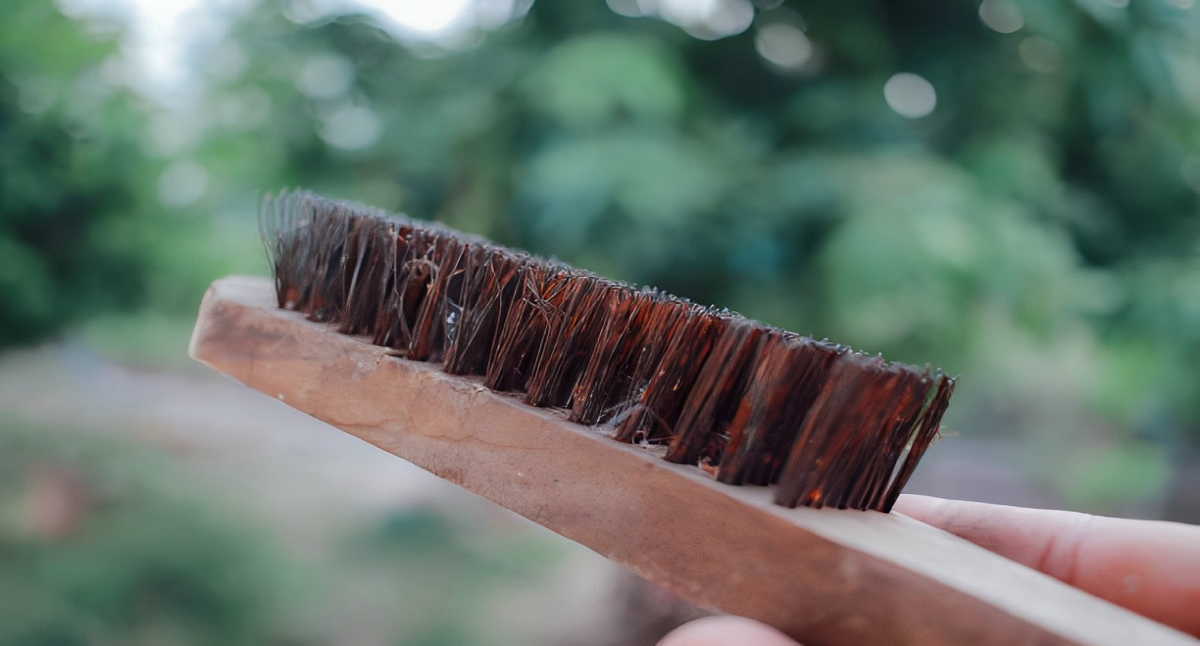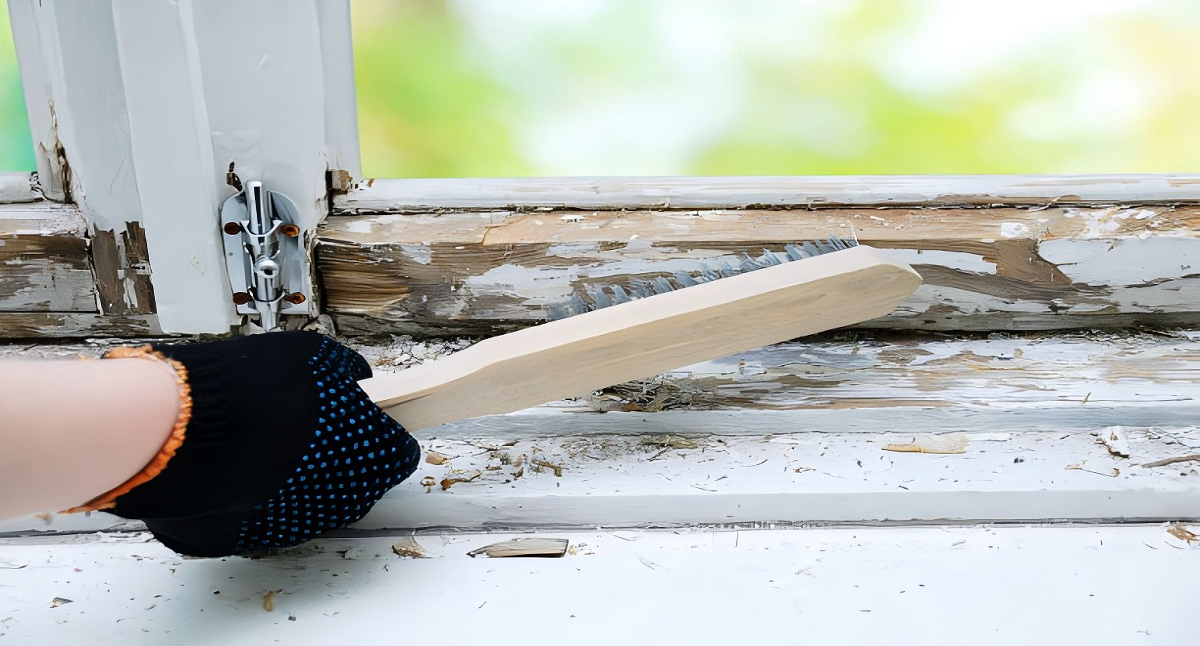Wire brushes are essential tools used across various industries for cleaning, deburring, and surface preparation. These brushes, made from either metal wires or synthetic materials, are primarily used to remove rust, paint, and dirt from surfaces, prepare materials for welding, and polish metal components. However, like any tool, they have a limited lifespan and must be replaced at the right time to ensure efficiency and safety. This article will delve into how long wire brushes typically last, what factors influence their longevity, and the signs that indicate they should be replaced.
Understanding Wire Brushes
Wire brushes come in different forms, including cup brushes, wheel brushes, end brushes, and hand-held models. The construction materials vary based on their intended use. Common wire materials include carbon steel, stainless steel, brass, and nylon. Each type has specific properties suited for different applications. For instance:
- Carbon steel wire brushes are durable and ideal for heavy-duty tasks such as cleaning large metal surfaces or removing corrosion.
- Stainless steel wire brushes are resistant to rust and corrosion, making them suitable for use on stainless steel or aluminum surfaces.
- Brass wire brushes are softer and less abrasive, ideal for delicate surfaces such as electrical contacts or softer metals like brass and copper.
- Nylon wire brushes are commonly used for non-metallic surfaces, such as wood or plastic.
With this variety of options, selecting the right wire brush for the task is crucial, and proper use significantly impacts the tool’s longevity.
Factors That Affect the Longevity of Wire Brushes
Several factors determine how long a wire brush will last. These factors include the brush material, the nature of the work, usage frequency, operating speed, and maintenance. Understanding these variables can help users estimate how long their wire brush will last and when it might need replacement.
1. Material of the Brush
The material composition of the wire brush directly affects its lifespan. Brushes made from durable materials like carbon steel or stainless steel tend to last longer compared to softer options like brass. Carbon steel brushes, for instance, are designed for tough, heavy-duty applications, while brass brushes are for more delicate work and may wear out quicker in demanding tasks.
2. Application Type
The specific task or material the wire brush is used on plays a huge role in its longevity. For example, brushes used for light cleaning or polishing may last significantly longer than those subjected to heavy-duty rust removal or abrasive cleaning on metal surfaces. High-intensity tasks involving hard materials will wear down the brush’s wires more quickly than less abrasive applications.
3. Operating Speed and Pressure
Using a wire brush at the proper speed and applying the correct pressure is crucial for maximizing its lifespan. Excessive speed can cause the brush’s wires to fray and break prematurely. On the other hand, too much pressure can result in accelerated wire fatigue, causing the brush to lose its effectiveness. Manufacturers typically provide recommended operating speeds for wire brushes, and adhering to these guidelines can prevent premature wear.
4. Frequency of Use
As with any tool, the more frequently a wire brush is used, the quicker it will wear out. A brush that is used daily in an industrial setting will not last as long as one used sporadically for smaller tasks. Regular, heavy use in harsh environments also accelerates wear and tear on the bristles.
5. Maintenance and Care
Proper maintenance can extend the life of a wire brush. Cleaning the brush after each use to remove debris, avoiding exposure to moisture (for metal brushes), and storing it properly can help preserve its condition. Brushes that are cleaned and maintained regularly will perform better and last longer than those that are neglected.
How Long Do Wire Brushes Typically Last?
There is no definitive answer to how long a wire brush will last, as its lifespan depends on the factors outlined above. However, there are general guidelines to help estimate the longevity of wire brushes based on their use:
- Light-duty applications: Wire brushes used for polishing, cleaning light rust, or delicate tasks typically last longer. These brushes can last several months to a year, depending on the frequency of use and proper care.
- Medium-duty applications: Brushes used for tasks such as paint removal, surface preparation, or moderate cleaning may last several weeks to a few months, again depending on usage frequency and maintenance.
- Heavy-duty applications: In industrial environments where wire brushes are used daily for tasks like cleaning welds, removing scale, or heavy rust, the brushes may only last a few days or weeks.
The brush material also influences lifespan. For example, carbon steel wire brushes in heavy-duty applications might last between 20-40 hours of continuous use. Brass wire brushes, being softer, may last around 10-20 hours in similar conditions.
Signs That a Wire Brush Should Be Replaced
Knowing when to replace a wire brush is crucial for maintaining productivity and ensuring safety. A worn-out wire brush can become ineffective, posing potential risks to both the user and the workpiece. Here are key signs that indicate it’s time to replace the brush:
1. Bristle Wear
One of the most obvious signs of wear is when the bristles start to bend, fray, or break. A wire brush with bent or broken wires will not clean or polish surfaces effectively. Additionally, the brush’s overall diameter may reduce as the wires wear down. If the brush no longer makes proper contact with the surface, it’s time for a replacement.
2. Reduction in Performance
As wire brushes wear out, their performance diminishes. If the brush no longer cleans or removes material as effectively as it once did, it may have lost its cutting edge. This is especially noticeable when more time is needed to complete a task or when multiple passes are required for tasks that once took fewer.
3. Loss of Balance or Vibration
Wire brushes that have lost their balance will cause excessive vibration during use. This can result from uneven wear or missing wires. A balanced brush will spin smoothly, while an imbalanced brush will create unnecessary strain on the tool and operator, leading to potential safety hazards. If the brush vibrates excessively, it should be replaced immediately.
4. Visible Damage
Inspect the wire brush for visible damage, such as broken hub attachments, loose wires, or cracks in the body. Damaged brushes can break apart during use, potentially causing injury. Any signs of physical damage should prompt an immediate replacement.
5. Increased Sparking or Heat
If you notice increased sparking or excessive heat during use, this may indicate that the brush has become worn out. Worn-out wires may not make proper contact with the surface, causing friction and heat buildup. Increased sparking can also indicate that the wires are no longer cleaning effectively.
When Should Wire Brushes Be Replaced?
The right time to replace a wire brush depends on the application and the signs of wear. As a general rule:
- Inspect the brush before each use: Always check for visible wear and damage. If the bristles are severely worn, bent, or broken, it’s time to replace the brush.
- Monitor performance: If the brush’s cleaning or polishing ability decreases noticeably, or if the task is taking longer than usual, this could indicate it’s time for a new brush.
- Replace the brush after heavy-duty use: For industrial applications, it’s wise to replace wire brushes after 40-50 hours of continuous use or sooner if the brush shows signs of wear.
Conclusion
Wire brushes are versatile and durable tools, but their lifespan is not indefinite. Several factors, including the material, application, operating conditions, and maintenance, influence how long they last. While there are no hard-and-fast rules about exact longevity, regular inspection, proper use, and timely replacement are key to ensuring optimal performance and safety. By understanding the signs of wear and maintaining a consistent replacement schedule, users can maximize the efficiency and lifespan of their wire brushes, ensuring that these essential tools remain effective for the tasks they are designed to handle.


